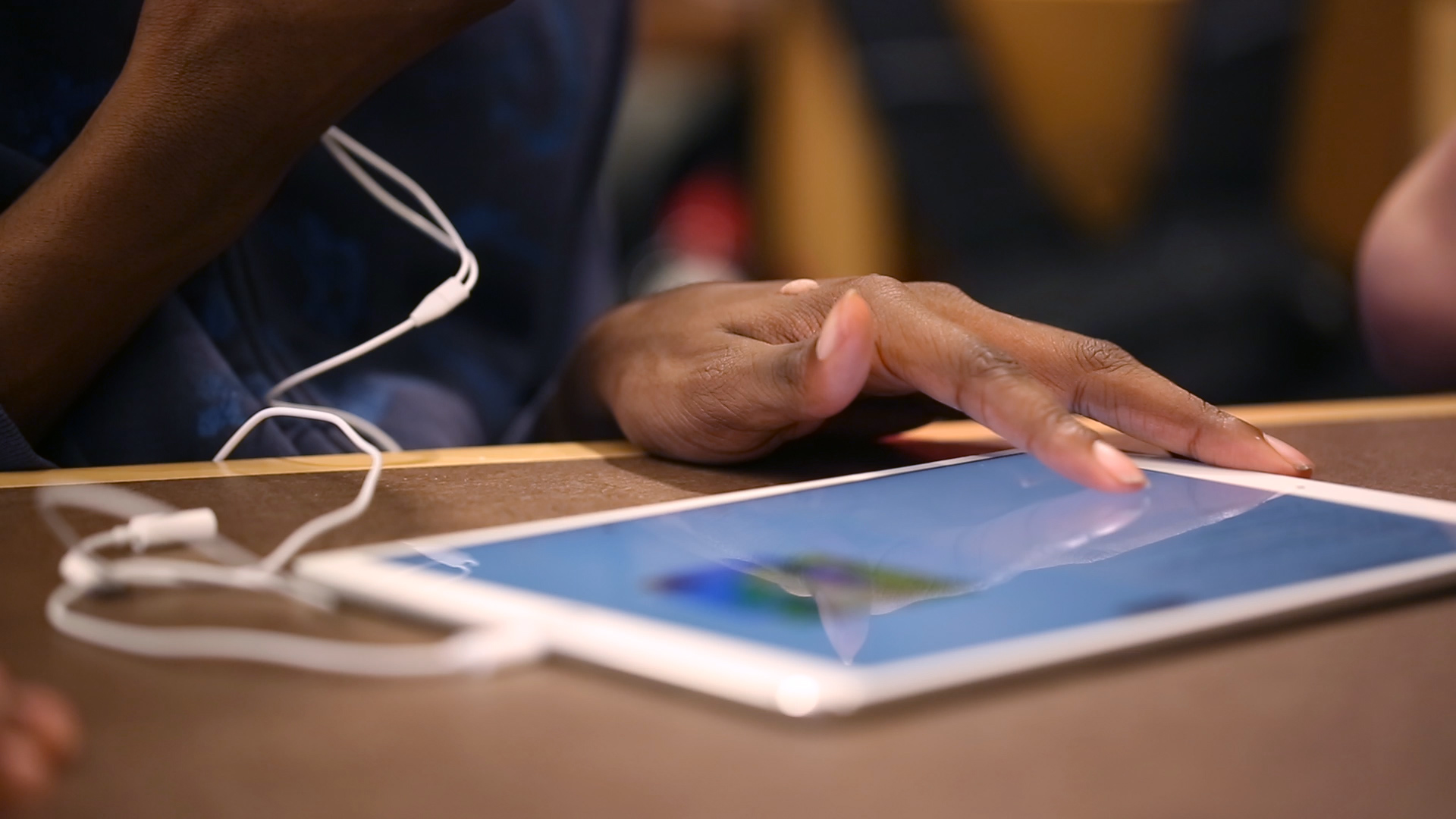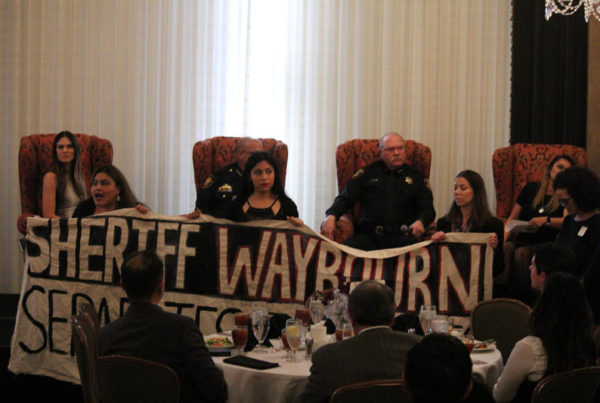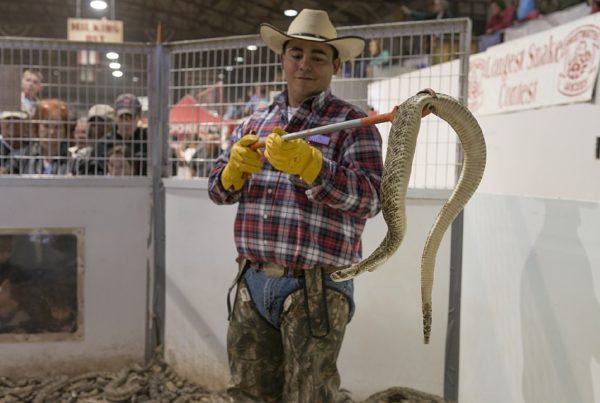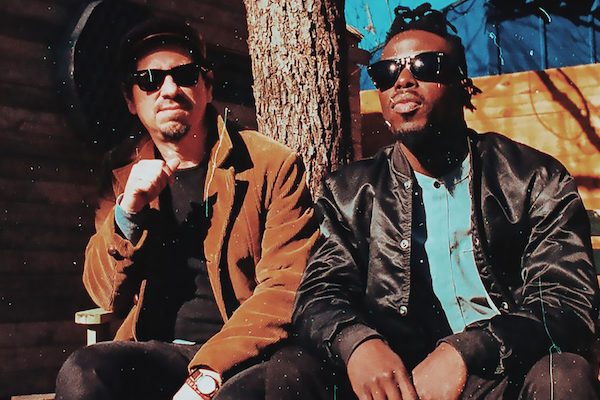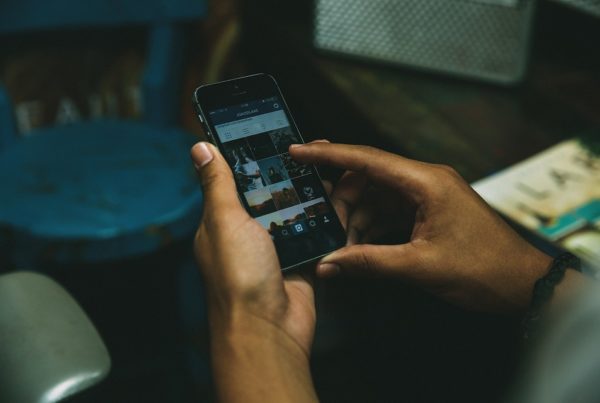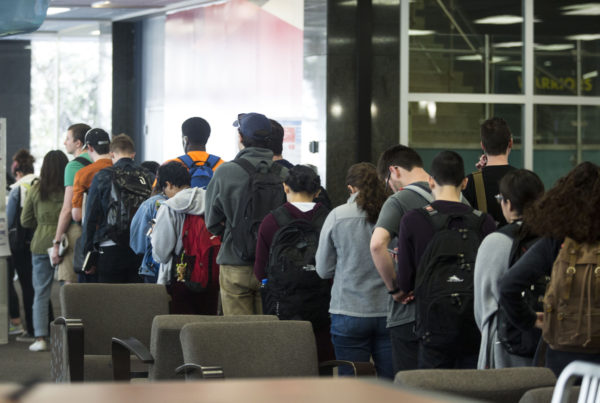Tech companies say the U.S. needs more and more workers with computer coding skills. There’s also a severe unemployment problem among people with disabilities. A program created last year by Apple to encourage all kids to learn to code is now entering the lives of some Texas students with visual disabilities. Not everyone who learns to program will make a career of doing it, but for a blind kid who gets the coding bug, having an accessible way to write software could be a start toward filling those job gaps.
It’s a crisp March morning in Austin. Clusters of young people are standing in a large courtyard. One group is about to launch a drone. But the student controlling the palm-sized flying machine isn’t looking upward, or even at the screen of the iPad he’s holding.
They count down to launch, and the student with the iPad swipes right on the screen, listening intently. Finally, he taps twice quickly with one finger and the drone takes off. It arcs 20 feet in the air, above the little groups of fliers. It flies for a few seconds, then it returns.
Like most of the students gathered outside the Texas School for the Blind and Visually Impaired, or TSBVI, Wyatt Rose, who held the drone and counted down, is blind. With the help of one of several Apple engineers who are here today, Rose and three other students wrote a simple program that runs on an iPad. It controls the drone.
And because they wrote their code to make it happen that way, the drone comes back, landing on the ground in front of Rose.
Seventeen TSBVI students are participating in the first in-school event of its kind for students with disabilities.
“At Apple we believe that coding is really the language of technology, and it should really be part of every student’s education. So we started a program called Everyone Can Code,” says Sarah Herrlinger, global director of accessibility policy and initiatives at Apple. She brought the engineers and the drones to TSBVI.
Herrlinger says Everyone Can Code teaches students how to code with the Swift programming language that many developers use to make apps for the iPad, iPhone, and computers.
“We also wanted to make sure that it was easy for people to learn,” she says. “So we developed a program called Swift Playgrounds, that…puts you in a 3D world where you solve puzzles. And through that, you learn the foundational elements of coding.”
In fact, Apple has built a full-fledged curriculum around Swift Playgrounds, and they’ve entered into partnerships with school districts and community college systems that use the tools in their classrooms.
Great, but if you’re blind, how do you check your email, much less learn how to code on an iPad? It’s basically a smooth piece of glass.
How does a screen reader work?
Time for a quick lesson: the iPad comes with software called VoiceOver. It reads aloud when you touch the screen. First I move my finger around my iPad screen to hear what apps I have.
“Mail. 36 unread emails,” the iPad voice says.
Now I swipe my finger to the right.
“Safari. Double-tap to open.”
If I swipe again, I’ll encounter another app. Or I can double-tap now to open my browser and hear web pages read to me.
With swipes, taps and other gestures, a blind person can navigate the web, read, write, and even move things around on the screen – all skills needed to work with Swift Playgrounds.
As it happens, the TSBVI students are already expert VoiceOver users. Those with some vision use built-in screen magnification software, and color settings. The school supplies a variety of Apple devices, and many students bring their own. They also use other devices that have screen reading software.
“A long time ago, kids would come to all schools for the blind and stay for you know, a longer period of time,” says Vicki Davidson, who teaches technology classes at TSBVI, where blind and visually-impaired kids come from across the state.. “But now our kids – we don’t like to keep em very long. We like them to be a part of their family and their community.”
Davidson says that like most kids, her students love technology. Most of them have never written code before, but they’re eager to learn.
“I’m interested in learning more about Apple technology and coding as well. And it’s a great opportunity to meet with people from Apple’s headquarters,” says Jeff Mueller. He’s a student from Seguin. He says he has owned a couple of iPads, but has never written code.
Drone launcher Wyatt Rose is one of the few students I spoke with who has coded before. He says he’s played around with the Python language, on a Windows computer.
As I walked around the courtyard, watching drones fake off and land, I overheard students talking with Apple folks about programming concepts like functions and for loops. But others just wanted to know how they could keep in touch, or to offer an opinion on the latest Mac laptop.


